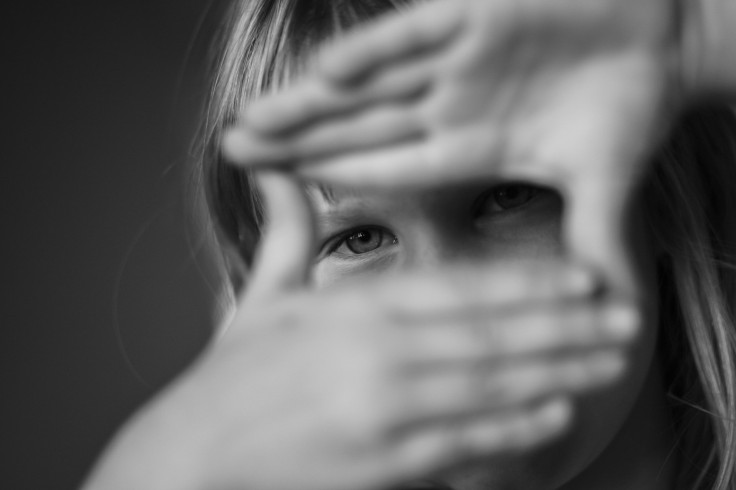Predicting Depression In Children Could Be As Simple As Looking Into Their Eyes

It seems that our eyes might really be the window into our souls — or at least our mental state.
A new study published this week in the Journal of Abnormal Psychology found that a relatively simple eye test is able to predict a child’s higher risk of later developing depression. And the researchers believe that these results may someday point the way to an inexpensive means of evaluating depression risk in those predisposed to it, such as with children born to a mother who has dealt with her own depression.
The authors recruited 47 mother-child pairs for this latest study. All the mothers had a documented history of major depressive disorder (MDD) beforehand, which is known to run in families. This allowed them the opportunity to identify a possible biomarker, or physical measurement, of depression risk among their children.
The authors, building on earlier research published in the Journal of Child Psychology and Psychiatry last year, keyed in on the children’s pupil responses when asked to view a variety of faces — faces that were either sad, angry, or happy. As they watched the faces, the children’s pupil dilation, or eye widening, was measured. They were then followed up with and interviewed about their current mental state every six months for the next two years. These periodical examinations let the authors not only determine who among the children was showing signs of depression, but how long it took them to develop it.
"Children exhibiting relatively greater pupil dilation to sad faces experienced elevated trajectories of depressive symptoms across the follow-up as well as a shorter time to depression onset," the authors concluded. "The current findings suggest that physiological reactivity to sad stimuli, assessed using pupillometry, serves as a potential biomarker of depression risk among children of depressed mothers." Interestingly enough, there was no such relationship to depressive symptoms seen when the children looked at happy or angry faces.
As aforementioned, these latest findings validate an earlier study of 117 children between the ages of 8 to 14 that several of the authors published last September. Though the previous study did not include a lengthy follow-up process and studied a random sample of children recruited from the larger community, it also found a pattern of wider eye dilation among the children of mothers with a history of MDD in the presence of a sad face. (A similar effect was seen in children who had anxious mothers, but in response to angry, not sad, faces). At the time, they concluded that their findings added to the "growing body of research suggesting that differences in physiological reactivity to depression- and anxiety-relevant cues may represent an important mechanism in the intergenerational transmission of MDD and anxiety."
Though there remains much work to figure out the degree to which a child’s eye dilation can be reliably graphed to their depression risk, the authors are hopeful about the practical applications their results may someday point to, especially because of the test’s low cost and ease in performing. "We think this line of research could eventually lead to universal screenings in pediatricians' offices to assess future depression risk in kids," said study author Brandon Gibb, professor of psychology at Binghamton University and director of the Mood Disorders Institute and Center for Affective Science, in a statement.
Source: Burkhouse KL, Siegle GJ, Woody ML, et al. Pupillary Reactivity to Sad Stimuli as a Biomarker of Depression Risk: Evidence From a Prospective Study of Children. Journal of Abnormal Psychology. 2015.



























